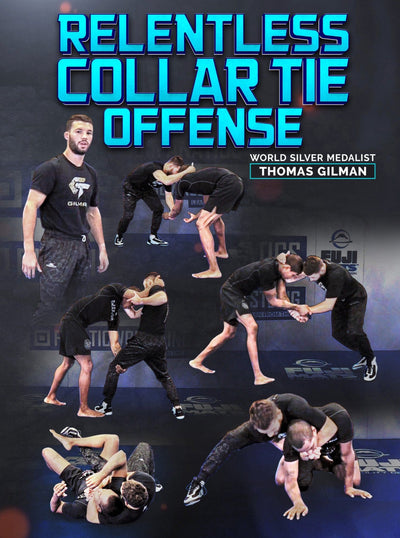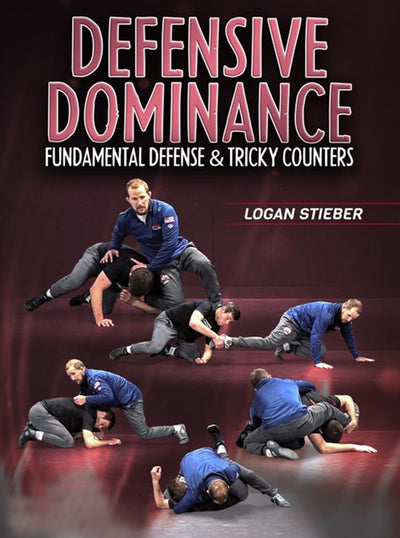Understanding Wrestler Groupings
Wrestlers, in their pursuit of fair competition and strategic matchups, are grouped into distinct categories known as weight classes. These classifications, based on weight ranges, ensure equitable contests and foster a level playing field within the wrestling community. Delving into the different wrestler groups and the specific ways they are categorized sheds light on the essential role of weight classes in the sport.
Takedown your favorite wrestling resources at FanaticWrestling.com!
The way wrestlers are grouped, particularly through weight classes, plays a pivotal role in various aspects of wrestling dynamics. Weight classes ensure fair competition and equitable matchups, aligning wrestlers with opponents of similar size and physical attributes. This grouping directly impacts the accumulation of wrestling points within a match, influencing the strategies employed by wrestlers aiming to secure victory. Match durations vary based on styles and levels of competition, spanning from six minutes in high school matches to longer durations in collegiate or international contests. Winning a wrestling match involves accumulating points through various maneuvers, with the wrestler showcasing superior technique, strategy, and agility prevailing. Additionally, wrestlers competing within their designated weight classes navigate diverse match types, such as singles, tag team, or steel cage matches. Moreover, the distinction between a wrestling match and a meet lies in the scope; a match refers to an individual bout, while a meet encompasses multiple matches between teams or individuals across various weight classes, lasting several hours. The systematic grouping of wrestlers by weight classes influences the scoring dynamics, match durations, strategies for victory, and delineation between individual matches and comprehensive wrestling events, shaping the multifaceted landscape of the sport.
Different Groups for Wrestlers: Weight Classifications
-
Lightweight: Typically ranging from around 106 pounds to 126 pounds in high school wrestling, this category includes athletes with lower body weights, emphasizing speed and agility in their bouts.
-
Middleweight: Encompassing a broader weight range, from approximately 132 pounds to 160 pounds, this group consists of wrestlers with a balance of strength and maneuverability.
-
Heavyweight: Comprising wrestlers weighing from 170 pounds to 285 pounds, this category highlights the prowess of athletes with considerable strength and power on the mat.
Specific Ways Wrestlers Are Grouped
Wrestlers are grouped methodically into weight classes by wrestling governing bodies or organizations, following standardized weight brackets to ensure fair and competitive matches. These weight categories serve as guidelines for competition and are crucial in tournaments, dual meets, and championships, allowing wrestlers to compete against opponents of similar size and physical attributes.
Takedown your favorite wrestling resources at FanaticWrestling.com!
Wrestler groupings through weight classes are pivotal in the realm of wrestling, fostering equitable matchups and fair competition. These classifications, ranging from lightweight to heavyweight, provide a structured approach for wrestlers to compete against opponents with similar physical attributes, ensuring a level playing field on the mat. The systematic categorization of wrestlers based on weight not only enhances the competitive landscape but also underscores the essence of fairness and inclusivity within the sport of wrestling.
Did you find the blog helpful? If so, consider checking out other guides:
- Celebrating the Greatest Wrestling Matches of All Time
- Unveiling the Longest Wrestling Matches in History
- Understanding Wrestler Numbers and Team Dynamics
- An Overview of Wrestling Styles
- The Role and Impact of Heels in Wrestling
- Demystifying the Repechage in Wrestling
- Decoding "Over" in Wrestling
- Mastering Technical Superiority in Wrestling
- The Crucial Role of the ACL In Wrestling
- Mastering the Rules of Wrestling
- Decoding Wrestling Terms
- Wrestling Scholarships
- An Overview of Wrestling Styles
- The Role and Impact of Heels in Wrestling
- Demystifying the Repechage in Wrestling











